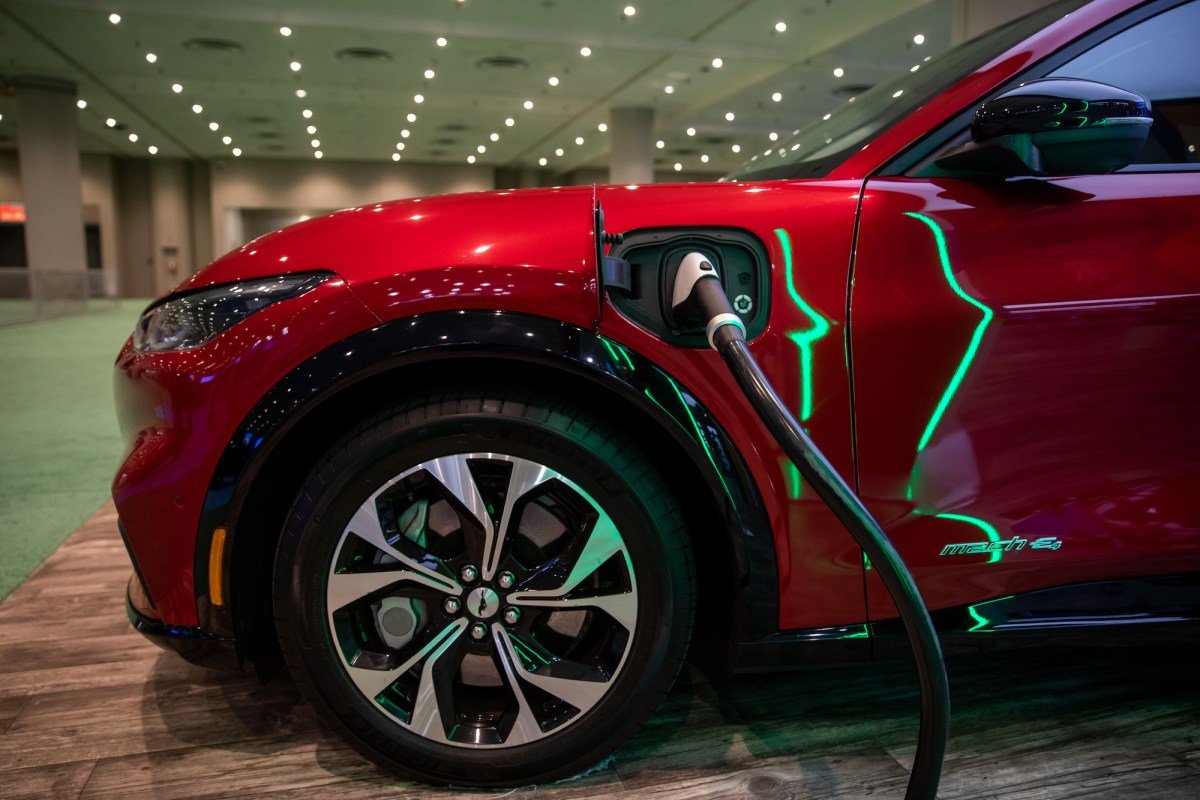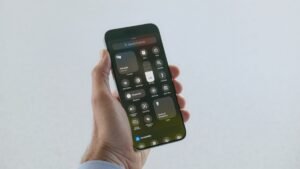Google revealed at the Consumer Electronics Show (CES) in 2024 their latest advancement for electric vehicle (EV) drivers: a real-time battery tracker integrated into Google Maps.
“This new feature, available for EVs with Android Auto, will revolutionize the way drivers monitor their battery levels while on the road,” reports Guemmy Kim, director of product and user experience for Android for Cars.
Android Auto is an interface that operates on a user’s smartphone, wirelessly connecting and projecting navigation, media, and messaging features to the vehicle display. Through this interface, Google Maps will now have access to real-time battery information, as Kim states in a blog post on Tuesday.
While most modern EVs provide drivers with information on their state of charge, the integration with navigation is often unclear or unavailable. With Android Auto, this problem is bypassed as Google Maps takes control and displays all necessary information. Once a destination is entered into the app, it will provide an estimated battery level upon arrival, suggest charging stops along the way, and even share the expected duration of charging based on the specific vehicle. It’s an all-in-one solution for EV drivers.
According to Google, the new Android Auto feature will first launch on the Ford Mustang Mach-E and F-150 Lightning, with other EV brands following suit in the coming months.
Last year, Google also introduced the addition of Chrome, the Weather Channel, and expanded trip planning capabilities to their integrated automotive services product, Google built-in.
- Google built-in differs from Android Auto as it is actually embedded into the vehicle’s system, rather than being an external interface.
- Vehicles equipped with Google built-in have an Android Automotive operating system, modified by Google for use in cars.
- This OS is based on Google’s mobile operating system and contains all the usual Google apps and services, as well as third-party apps like Spotify.
Polestar and Volvo were among the first to adopt Google built-in, with Nissan, Ford, Lincoln, and Porsche set to launch this year and in the future.
Drivers of vehicles with Google built-in can now send planned trips from their mobile devices directly to their cars, regardless of whether they run on Android or iOS.
The Chrome browser has also been added as a beta version to select Polestar and Volvo models, and will roll out to more vehicles later this year. However, it can only be used when the vehicle is stationary and is specifically meant for EVs during charging.
Lastly, starting today, cars with Google built-in will have access to popular streaming services PBS KIDS and Crunchyroll, as well as the Weather Channel app.








